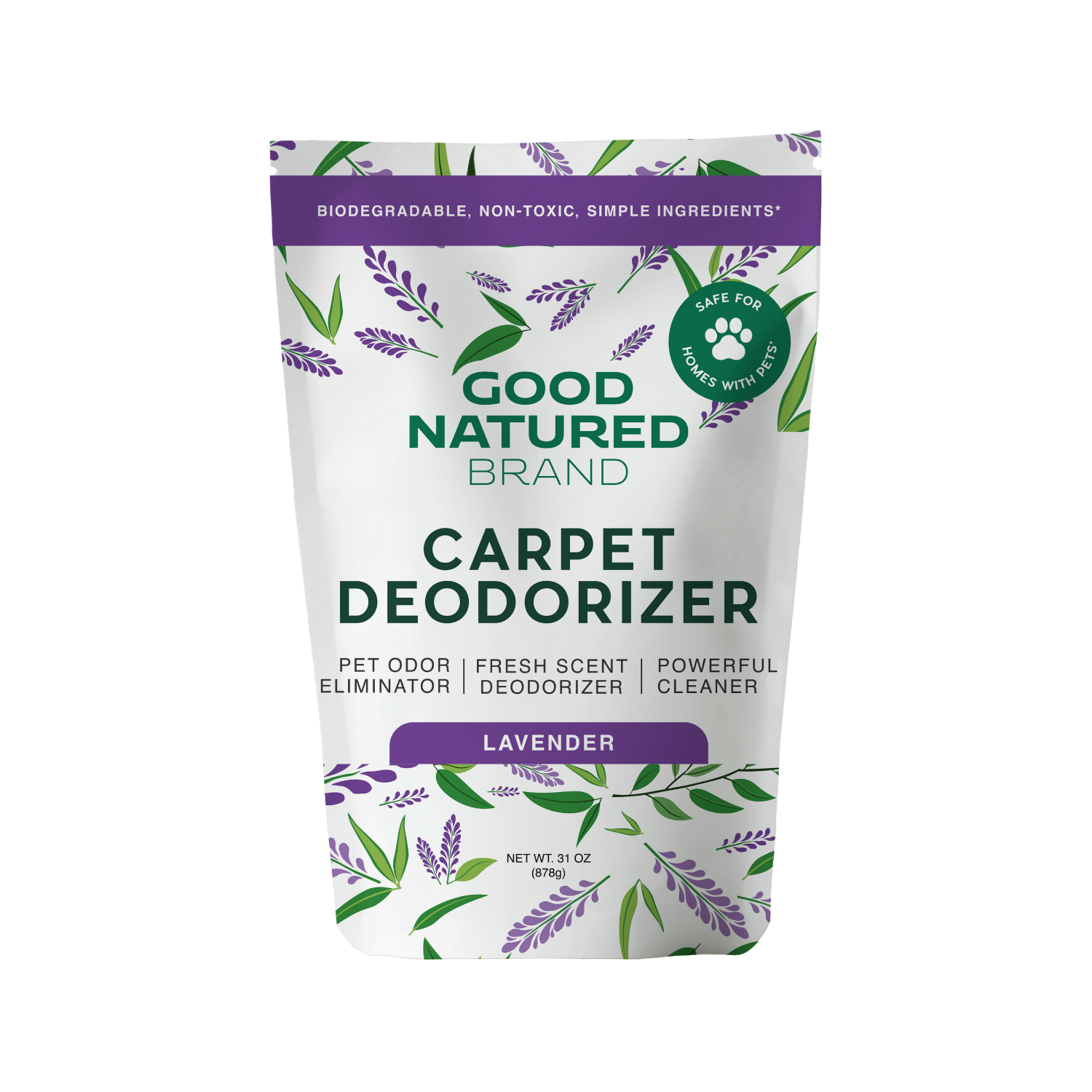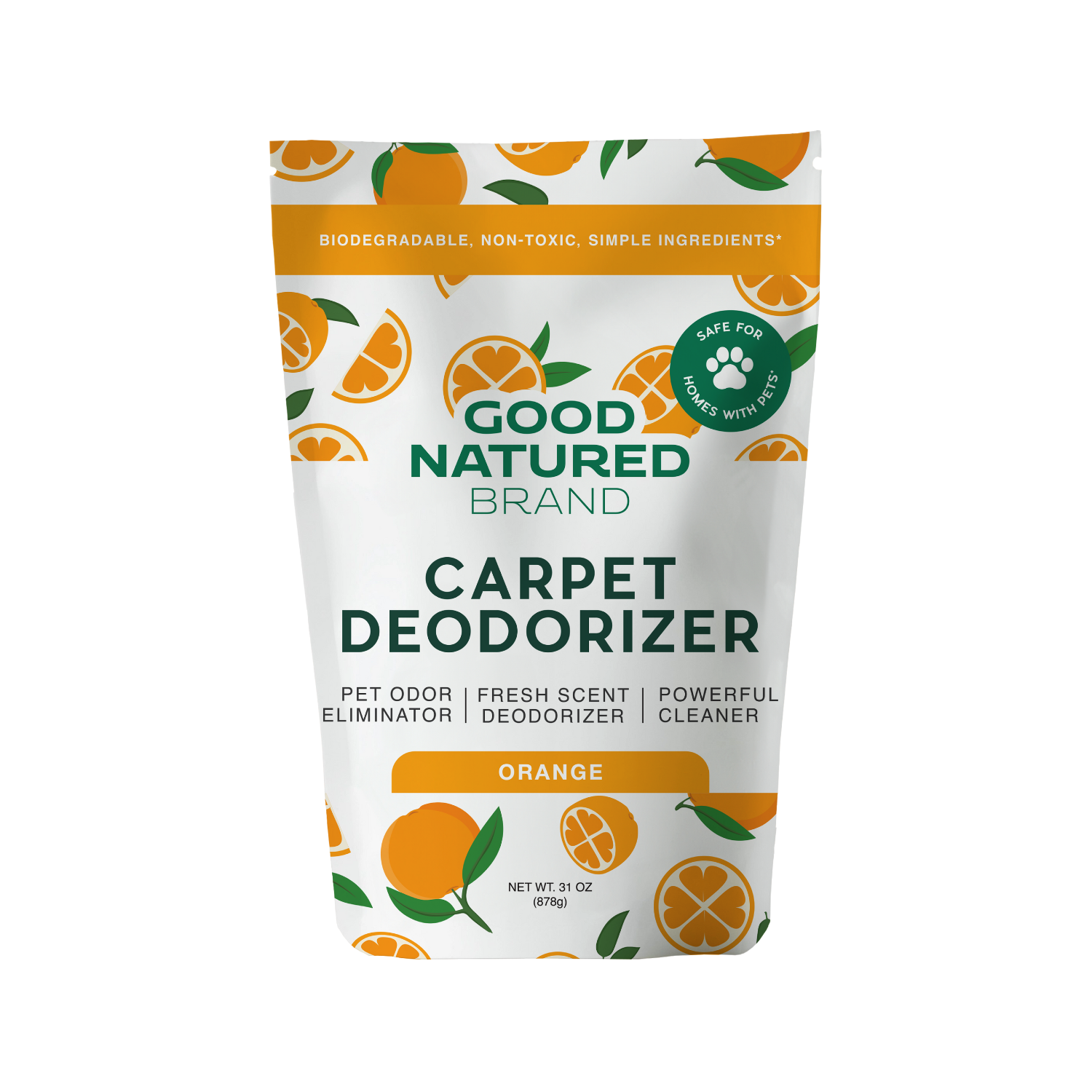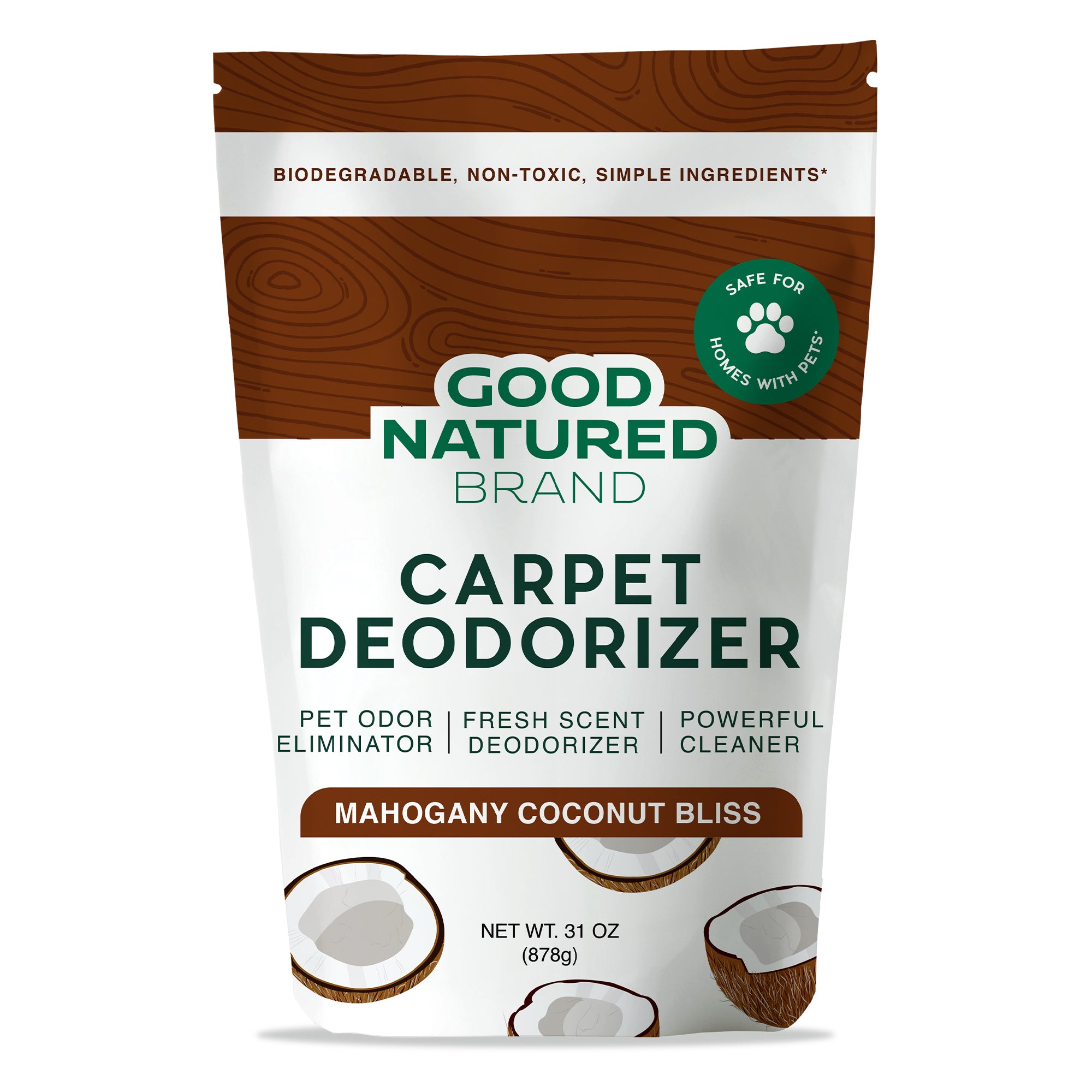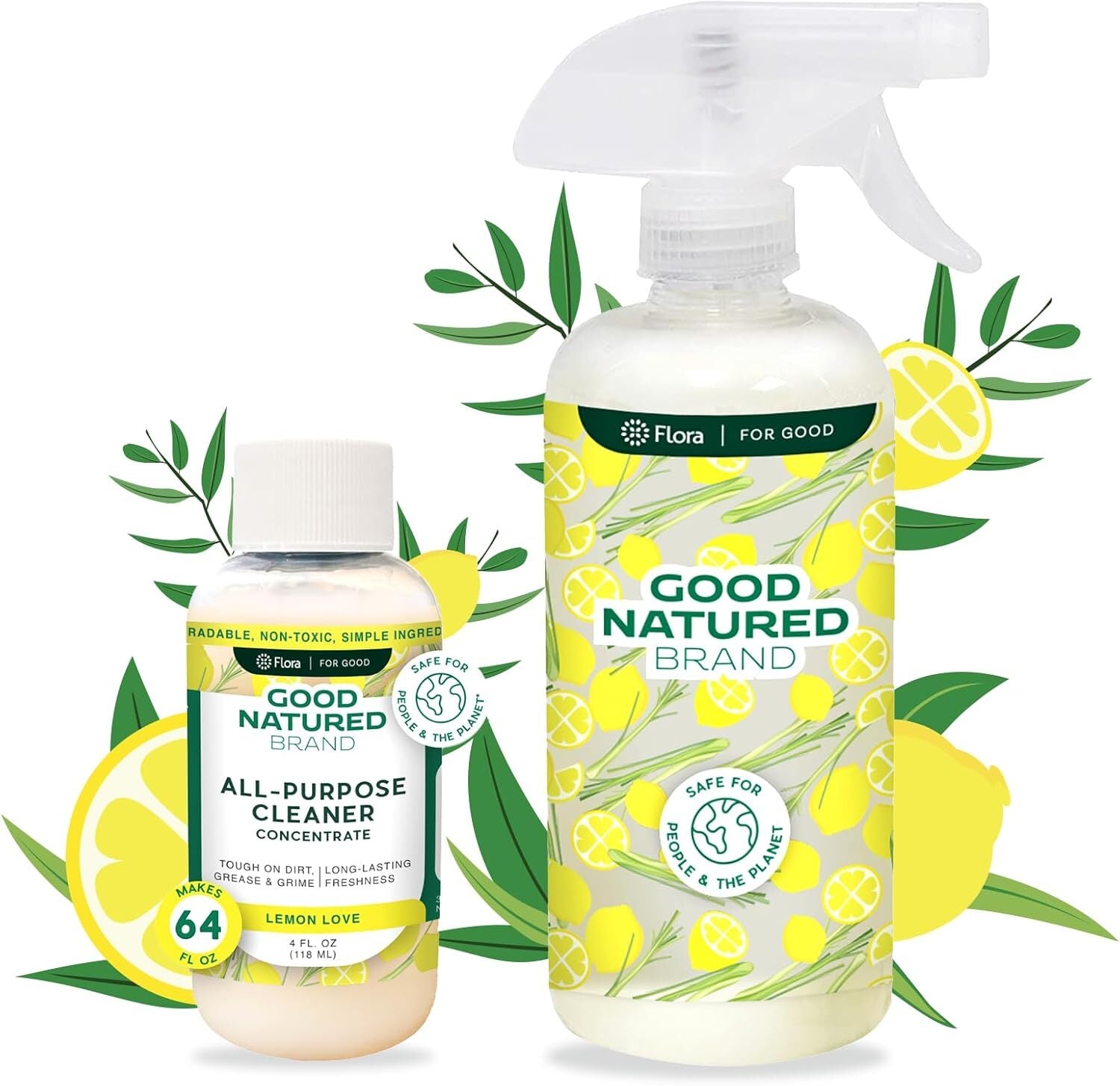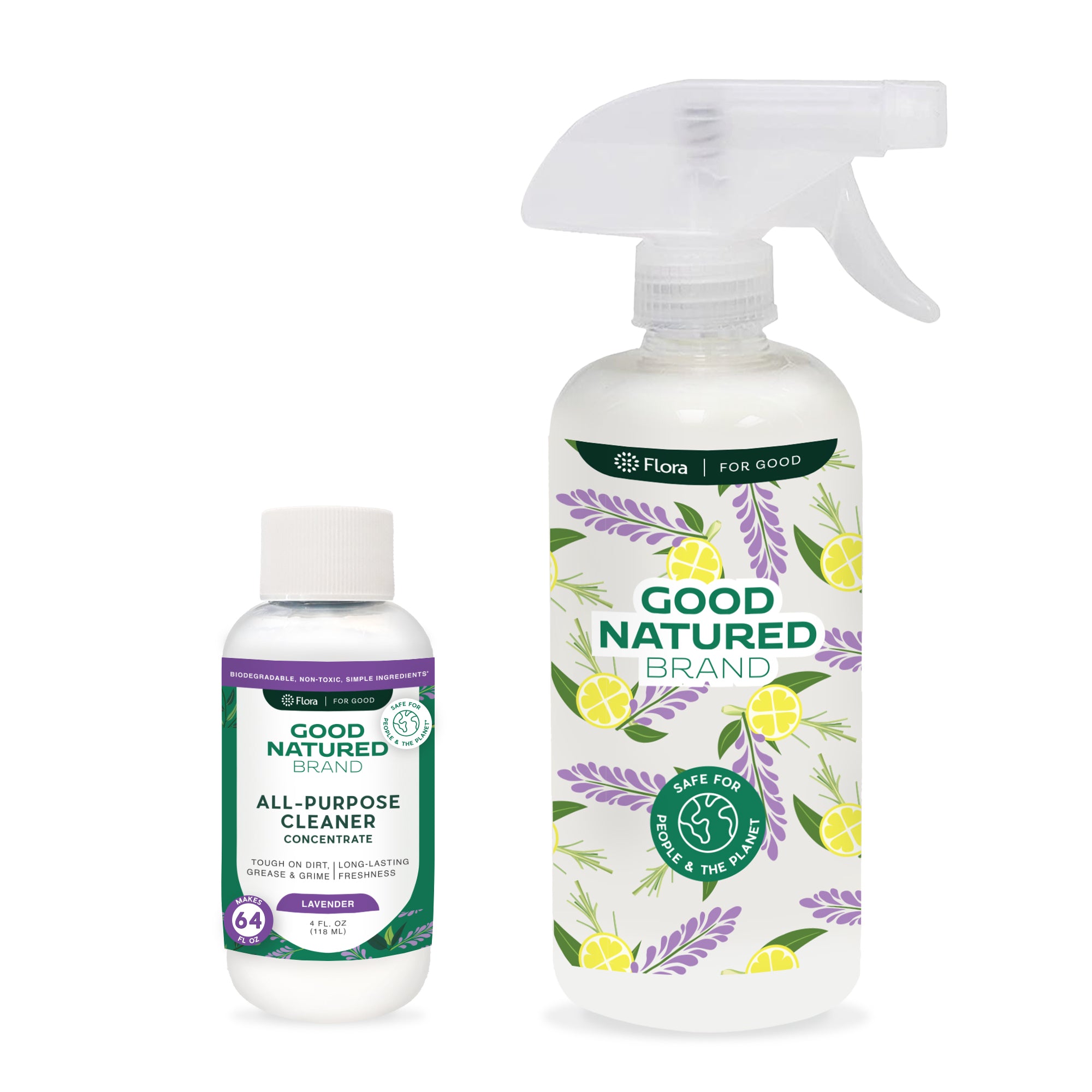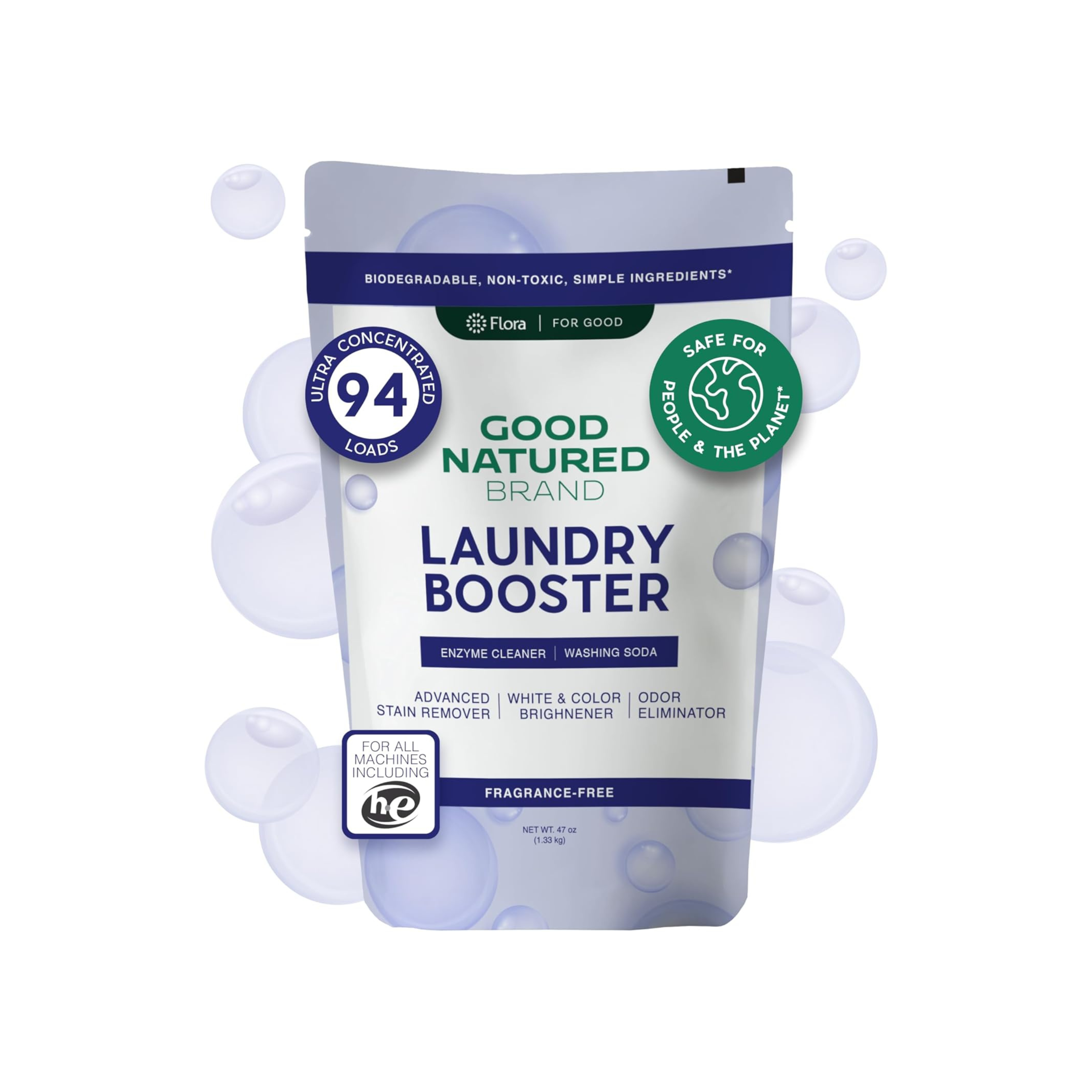What Are Dog Allergies?
Allergies in dogs are a common concern for many pet owners. Much like humans, dogs can experience allergic reactions to various substances, including pollen, certain foods, and even flea bites. When a dog’s immune system overreacts to an allergen, it can lead to symptoms such as itchy skin, sneezing, watery eyes, and digestive issues. Allergies can be triggered by both environmental and dietary factors, and they can develop at any age, often becoming more noticeable as dogs grow older.
A dog’s immune system works to protect them from harmful substances, but sometimes it mistakenly identifies harmless elements—such as pollen or certain foods—as threats. This overreaction is what leads to allergy symptoms. Understanding the nature of allergies in dogs is crucial for determining how best to manage and treat them.
Common Symptoms of Allergies in Dogs
Recognizing the symptoms of allergies in dogs is the first step in helping them cope. The signs of allergies can vary depending on the type of allergen involved, but some symptoms are common across different types of allergies.
Skin Symptoms
Skin-related symptoms are some of the most frequent signs of allergies in dogs. These can include:
-
Itching and Scratching: Dogs with allergies often scratch or lick their bodies excessively. This is typically a response to itchy skin caused by an allergic reaction.
-
Redness and Inflammation: Allergic reactions can cause redness and inflammation on the skin, especially around the paws, ears, and face.
-
Hot Spots: Dogs with allergies may develop painful, inflamed areas on their skin due to excessive scratching or licking.
Respiratory Symptoms
Some dogs may show respiratory symptoms when exposed to allergens like pollen or dust. These symptoms may include:
-
Sneezing: Dogs with environmental allergies may sneeze frequently, especially when exposed to dust, pollen, or mold.
-
Coughing and Wheezing: Allergies can cause respiratory discomfort, leading to coughing or wheezing in some dogs.
-
Watery Eyes: Just like humans, dogs with allergies can develop watery eyes as a reaction to airborne allergens.
Gastrointestinal Symptoms
In some cases, allergies in dogs can lead to digestive issues, such as:
-
Vomiting: Food allergies or sensitivities may cause your dog to vomit after eating certain foods.
-
Diarrhea: A dog’s gastrointestinal system may become upset by allergens, leading to diarrhea or soft stools.
Behavioral Symptoms
Dogs may exhibit certain behavioral changes when they are suffering from allergies, such as:
-
Increased Licking and Chewing: Dogs with itchy skin may lick or chew on their paws or other body parts in an attempt to soothe the irritation.
-
Restlessness or Irritability: Allergies can make dogs uncomfortable, leading to restlessness or changes in their usual behavior.
By paying attention to these signs, you can help your dog get the right treatment before their symptoms worsen.
Types of Allergies in Dogs
Allergies in dogs can be broken down into several categories, with each type requiring different treatment methods. Understanding the specific type of allergy your dog is dealing with is crucial for effectively managing their symptoms.
Environmental Allergies
Environmental allergies, also known as seasonal allergies, are triggered by substances found in your dog's surroundings. Common environmental allergens include:
-
Pollen: Dogs, like humans, can be allergic to pollen from trees, grasses, and flowers. These allergies are typically seasonal and can cause sneezing, itching, and watery eyes.
-
Dust Mites: Dust mites are tiny organisms that thrive in household dust, and they can trigger allergic reactions in sensitive dogs. Dogs with dust mite allergies often have symptoms similar to those caused by pollen, such as sneezing and itching.
-
Mold and Mildew: Mold spores in the air can cause allergic reactions, especially during damp or rainy conditions.
-
Dander: Pet dander, which consists of tiny flakes of skin shed by animals, can also trigger allergic reactions in dogs.
Food Allergies
Food allergies in dogs are caused by an immune system overreaction to certain ingredients in their diet. The most common food allergens in dogs include:
-
Proteins: Chicken, beef, and lamb are some of the most common protein allergens for dogs. Other meats, such as turkey or fish, can also cause allergic reactions.
-
Grains: Some dogs are allergic to grains such as wheat, corn, or soy.
-
Dairy: Dairy products can cause digestive issues in some dogs, particularly those who are lactose intolerant.
-
Artificial Additives: Some food allergies are triggered by artificial colors, preservatives, or flavorings in commercial pet foods.
Symptoms of food allergies often include gastrointestinal issues like vomiting or diarrhea, and skin reactions like itching.
Flea Allergies
Flea allergy dermatitis (FAD) is a common condition in dogs, especially in areas with a high flea population. This type of allergy occurs when a dog’s immune system reacts to the saliva of fleas. Even a single flea bite can trigger intense itching and irritation. Dogs with flea allergies often develop hotspots or bald patches around their tail, back, or belly.
Contact Allergies
Contact allergies in dogs are triggered when their skin comes into contact with certain substances. This can include:
-
Chemicals: Detergents, cleaning products, or pesticides can irritate your dog’s skin and cause an allergic reaction.
-
Fabrics: Some dogs are allergic to certain fabrics, such as wool or synthetic materials, which may cause itching and discomfort.
-
Shampoos or Topical Treatments: Some dogs are allergic to certain ingredients in shampoos or topical flea treatments.
Why Allergies Develop in Dogs
The development of allergies in dogs can be attributed to several factors, including genetics, environment, and lifestyle. Certain breeds are more prone to allergies due to their genetic makeup. For example, breeds like Bulldogs, Boxers, and Terriers are more likely to develop food allergies or environmental sensitivities.
In addition to genetics, environmental factors like exposure to allergens in the home or outdoors can contribute to the development of allergies. As dogs age, they may also develop sensitivities to substances they were previously tolerant of. It’s not uncommon for a dog to suddenly start showing allergic reactions later in life, even if they didn’t have any issues as a puppy.
Identifying the Allergy Trigger
The first step in helping your dog cope with allergies is identifying the exact allergen that is causing their symptoms. This can sometimes be challenging, as dogs cannot communicate their discomfort in the same way humans do. However, by observing your dog’s symptoms and tracking their environment, food, and activities, you can narrow down potential triggers.
Tracking Symptoms and Potential Allergens
Start by keeping a journal of your dog’s symptoms. Record when they occur, how long they last, and any other factors that may seem relevant, such as changes in the weather, environment, or food. This information will help you and your veterinarian pinpoint the cause of your dog’s allergy symptoms.
You may notice patterns based on certain times of the year (for example, during pollen season) or after specific activities, such as eating certain foods or going outdoors. By tracking your dog’s exposure to potential allergens, you can better understand their reactions and start eliminating potential triggers.
Veterinary Tests for Identifying Allergens
If you’re unable to pinpoint the allergen on your own, it’s worth consulting with your vet. Your veterinarian can perform allergy testing, which may include skin tests or blood tests, to help determine what’s causing your dog’s reactions. Skin tests involve applying small amounts of allergens to your dog’s skin to see if a reaction occurs. Blood tests measure the presence of antibodies related to certain allergens.
Understanding what your dog is allergic to is crucial for choosing the right course of treatment. Once you know the triggers, you can take steps to minimize your dog’s exposure and improve their quality of life.
Treating Environmental Allergies in Dogs
Environmental allergies, such as pollen, dust, mold, and dander, can cause year-round symptoms or flare up seasonally. These types of allergies are particularly common in dogs that spend a lot of time outdoors or in environments with high levels of dust or mold.
Minimizing Exposure to Pollen and Dust
One of the most effective ways to manage environmental allergies is to reduce your dog’s exposure to allergens. If your dog has pollen allergies, try to limit outdoor activities during high pollen days or seasons. Check the local pollen count in your area, and keep your dog indoors when levels are at their peak.
For dust allergies, regular cleaning of your home is essential. Use All-Purpose Cleaners to wipe down surfaces and remove dust that may trigger your dog’s allergies. You can also invest in air purifiers with HEPA filters to reduce airborne allergens. If possible, keep your dog’s sleeping area and other indoor spaces as allergen-free as possible.
Bathing Your Dog to Remove Allergens
Regular baths can help remove allergens from your dog’s skin and coat. Pollen, dust, and other environmental particles can stick to your dog’s fur, and regular washing can provide relief. Use a mild, hypoallergenic shampoo that’s gentle on your dog’s skin. Bathing your dog once a week during peak allergy seasons can help reduce symptoms like itching and discomfort.
After outdoor adventures, be sure to give your dog a thorough wipe-down with a damp cloth to remove any lingering allergens. For a quick clean-up, Laundry Powders are a great option for washing your dog’s bedding, towels, and any other fabric they may have come into contact with while outside.
Creating an Allergy-Free Zone
Designating a specific area in your home as an allergy-free zone can provide your dog with a comfortable retreat. This space should be free from allergens like dust and pollen, so your dog has a safe place to rest. Consider using an air purifier, washable bedding, and allergen-proof covers on furniture to keep the space as clean as possible.
Managing Food Allergies in Dogs
Food allergies in dogs are caused by an immune response to certain ingredients in their diet. Common food allergens include proteins like chicken, beef, and lamb, as well as grains like wheat, soy, and corn. If your dog has been diagnosed with food allergies, the best way to manage them is by eliminating the offending ingredients from their diet.
Identifying Food Allergies
Identifying food allergies can be tricky, as the symptoms often overlap with other health issues. If you suspect your dog has a food allergy, start by eliminating common allergens from their diet. Work with your vet to formulate an elimination diet, where you remove suspected allergens for several weeks, then slowly reintroduce them one at a time to see if any particular ingredient triggers an allergic reaction.
If your dog’s symptoms improve during the elimination phase and worsen after reintroducing certain foods, you’ve likely identified the allergen. Switching to a hypoallergenic diet, which is specifically designed for dogs with food sensitivities, can help ease symptoms.
Transitioning Your Dog to a New Diet
When changing your dog’s diet, it’s important to do so gradually to avoid upsetting their stomach. Slowly mix the new food with their current food over the course of 7-10 days, gradually increasing the proportion of the new food until it completely replaces the old food. This will help your dog’s digestive system adjust to the new diet.
Many hypoallergenic dog foods are available on the market, containing limited ingredients that are less likely to cause allergic reactions. Your vet can recommend a suitable hypoallergenic food that meets your dog’s nutritional needs and helps alleviate allergy symptoms.
Relieving Flea Allergies in Dogs
Flea allergy dermatitis (FAD) is another common allergy in dogs, caused by an allergic reaction to the saliva of fleas. Even a single flea bite can trigger intense itching, leading to skin infections, hair loss, and open sores. Flea allergy dermatitis can occur year-round in warmer climates or during the flea season in cooler areas.
Flea Prevention Treatments
The most effective way to manage flea allergies is by preventing fleas from biting your dog in the first place. Use flea prevention treatments, such as topical medications, oral tablets, or flea collars. These treatments kill fleas and prevent new infestations. Consult your veterinarian to determine the most appropriate flea prevention method for your dog.
Addressing Flea Infestations
If your dog has already been exposed to fleas, it’s important to treat the infestation promptly. This involves not only treating your dog but also treating your home. Wash your dog’s bedding, toys, and any fabric they frequently come into contact with using Laundry Powders to remove fleas and their eggs. In addition, use All-Purpose Cleaners to clean your floors and furniture, focusing on areas where fleas may hide, such as carpets and cracks in the floor.
Maintaining Flea-Free Zones
Creating a flea-free zone in your home is important, especially if your dog is highly allergic to flea bites. Regularly vacuum your home and wash your dog’s bedding to remove any fleas and eggs. Consider using a flea comb to inspect your dog regularly for fleas, especially after outdoor activities.
Soothing Skin and Respiratory Reactions in Dogs
If your dog is suffering from skin irritation or respiratory issues due to allergies, there are several treatment options available to help alleviate discomfort.
Prescribed Medications
Your vet may recommend medications, such as antihistamines or corticosteroids, to reduce inflammation and control allergic reactions. These medications can provide relief for symptoms like itching, sneezing, and swelling.
Natural Remedies for Skin Irritation
For mild skin irritation, you can try natural remedies like oatmeal baths or aloe vera. Oatmeal has soothing properties that can help relieve itching and calm inflamed skin, while aloe vera can be applied directly to affected areas for its cooling and healing benefits.
Improving Air Quality
To help your dog with respiratory symptoms caused by environmental allergies, consider using a humidifier in their sleeping area. Humidifiers help keep the air moist, which can reduce irritation in the nasal passages and soothe coughing and sneezing.
Cleaning and Maintaining a Safe Environment for Your Dog
A clean environment is essential for managing allergies. Regular cleaning helps remove allergens from surfaces, floors, and fabrics, reducing your dog’s exposure to irritants.
Using Carpet Deodorizers and Cleaning Solutions
If your dog is prone to dust or pollen allergies, consider using Carpet Deodorizers to keep your home fresh and clean. These deodorizers help eliminate pet odors and allergens from carpets and rugs, making it easier to manage your dog’s allergies. Using All-Purpose Cleaners is essential for wiping down surfaces and preventing the buildup of dust, dander, and pollen.
Maintaining Clean Bedding and Fabrics
Regularly wash your dog’s bedding, blankets, and toys with Laundry Powders to reduce allergen buildup. Using hypoallergenic detergents will ensure your dog’s bedding is free of irritants, providing them with a cleaner, more comfortable space.
Conclusion
Helping your dog cope with allergies requires a combination of understanding their specific triggers, minimizing exposure, and providing appropriate treatments. Whether your dog has environmental allergies, food allergies, flea allergies, or skin reactions, there are effective solutions available to improve their comfort and well-being. By keeping your home clean and implementing preventative measures, you can create a safe and healthy environment for your dog.
For more tips on pet care and managing allergies, be sure to check out the Good Natured Brand Blog and explore our range of products designed to keep your dog’s environment allergen-free and fresh.

